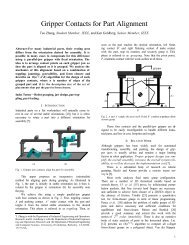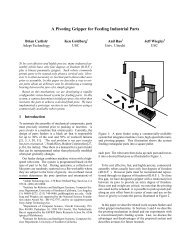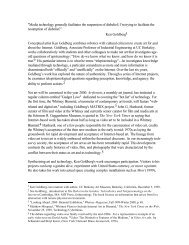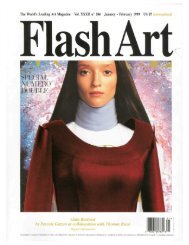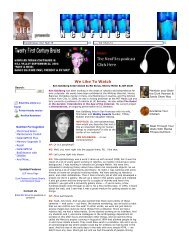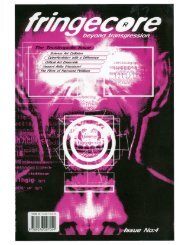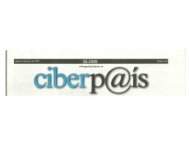0.5MB .pdf - Ken Goldberg - University of California, Berkeley
0.5MB .pdf - Ken Goldberg - University of California, Berkeley
0.5MB .pdf - Ken Goldberg - University of California, Berkeley
Create successful ePaper yourself
Turn your PDF publications into a flip-book with our unique Google optimized e-Paper software.
1366 THE INTERNATIONAL JOURNAL OF ROBOTICS RESEARCH / November/December 2008<br />
Fig. 3. (a) A needle in the bevel-left direction with orientation is tracing the solid action circle with radius r. (b) A direction<br />
change would result in tracing the dotted circle. The action circle is divided into Nc 40 discrete arcs <strong>of</strong> length . (c) The action<br />
circle points are rounded to the nearest point on the -density grid, and transitions for insertion <strong>of</strong> distance are defined by the<br />
vectors between rounded action circle points.<br />
3. Motion Planning for Deterministic Needle<br />
Steering<br />
We first introduce a motion planner for an idealized steerable<br />
needle whose motion is deterministic: the needle perfectly follows<br />
arcs <strong>of</strong> constant curvature in response to insertion actions.<br />
To computationally solve the motion planning problem,<br />
we transform the problem from a continuous state space to<br />
a discrete state space by approximating needle state <br />
pb using a discrete representation. To make this approach<br />
tractable, we must round p and without generating an unwieldy<br />
number <strong>of</strong> states while simultaneously bounding error<br />
due to discretization.<br />
3.1. State Space Discretization<br />
Our discretization <strong>of</strong> the planar workspace is based on a grid<br />
<strong>of</strong> points with a spacing horizontally and vertically. We approximate<br />
a point p py pz by rounding to the nearest<br />
point q qy qz on the grid. For a rectangular workspace<br />
bounded by depth zmax and height ymax, this results in<br />
Ns <br />
Downloaded from<br />
http://ijr.sagepub.com at UNIV CALIFORNIA BERKELEY LIB on November 25, 2008<br />
<br />
zmax ymax <br />
<br />
position states aligned at the origin.<br />
Rather than directly approximating by rounding, which<br />
would incur a cumulative error with every transition, we take<br />
advantage <strong>of</strong> the discrete insertion distances . Wedefinean<br />
action circle <strong>of</strong> radius r, the radius <strong>of</strong> curvature <strong>of</strong> the needle.<br />
Each point c on the action circle represents an orientation <br />
<strong>of</strong> the needle, where is the angle <strong>of</strong> the tangent <strong>of</strong> the circle<br />
at c with respect to the z-axis. The needle will trace an arc <strong>of</strong><br />
length along the action circle in a counter-clockwise direction<br />
for b 0 and in the clockwise direction for b 1. Direction<br />
changes correspond to rotating the point c by 180 about<br />
the action circle origin and tracing subsequent insertions in the<br />
opposite direction, as shown in Figure 3(a). Since the needle<br />
traces arcs <strong>of</strong> length , we divide the action circle into Nc arcs



